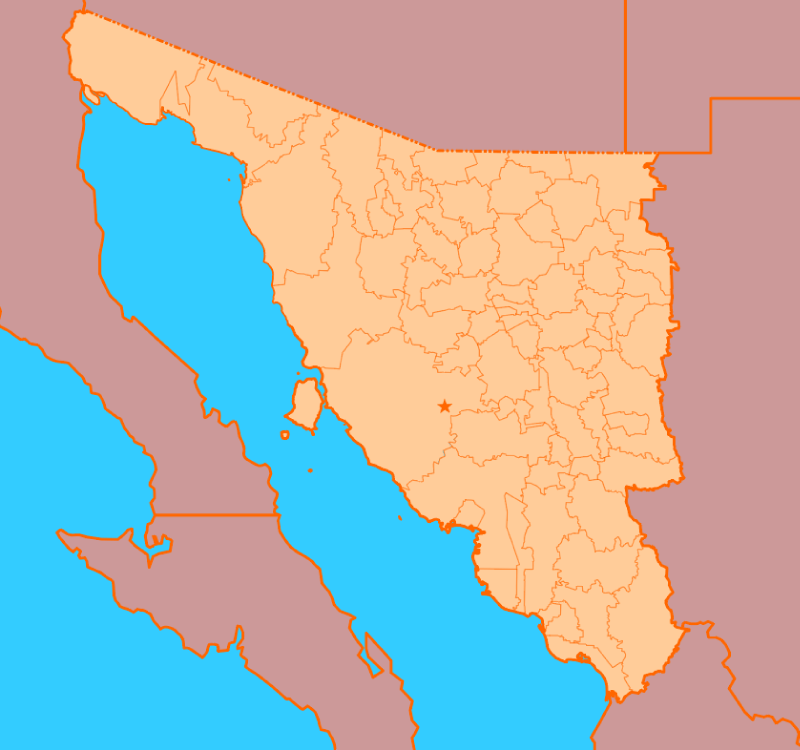 (click for larger image)
(click for larger image)
Last modified: 2025-07-18 by daniel rentería
Keywords: san luis potosi | bandera municipal y escudo municipal (san luis potosi) | escudo del municipio (san luis potosi) | bandera del municipio (san luis potosi) | héraldica municipal de san luis potosi |
Links: FOTW homepage |
search |
disclaimer and copyright |
write us |
mirrors
See also:
![]() - indicates
a flag is known.
- indicates
a flag is known.
![]() - indicates it is reported there is no flag.
- indicates it is reported there is no flag.
bold - indicates the state capital
|
|
|
|
Each municipality in San Luis Potosí has its own municipal coat of arms (except San Nicolás Tolentino). As in general with the Federation, there was a sudden surge in their adoptions in the '80s. However, it appears more
coats of arms were adopted in the '90s than the '80s. It should be noted that it appears there was no coordinated state government effort for their adoptions; probably the reason one municipality remains without one. The first municipal coat of arms to be adopted (apart from the capital city) was Santa María del Río in 1942.
The most common themes in the creations of municipal coats of arms are
agriculture and ranching; these are usually represented by fruits, vegetables,
fields, bundles, tractors, or cattle and horses. Many of the rural areas rely on
these for their economies. Because agriculture (and localities) cannot really exist without
water, streams of water are also seen especially in the Huasteca. Education is of great
importance, which is why they are also seen on a few of these symbols (open book).
Very often, the meaning of a municipal name is depicted.
Since half of the state is composed of desert and mountains, these are also depicted
very commonly. An agave plant, cactus, etc. are often represented as part of its regional flora. In the east, after arriving in the Sierra Madre Oriental mountains, you reach the Huasteca of San Luis Potosí. Huastec
cultural symbols are sometimes seen in this region's symbols like indigenous Huastec people, violins, etc.
In the Huasteca region, oranges and sugarcane are also considered a regional
symbol of its agriculture and often seen on its municipal coats of arms.
Some have many tourists and depict images of its geography like waterfalls. Most interestingly, many of the State's municipalities (especially in the western part) use the same frame
for their shield as the coat of arms of the State; their inner area is also often depicted as rectangular.
The western part also depicts mining very often on its local symbols, which is
often the reason people came.
Each municipality has its own history, generally starting in more modern times with the foundation of a mission by the
Franciscans in the 17th century. This theme is reflected even
today in the people, as most people are Catholics. Very often, the municipal church is depicted on the coat of arms, oftentimes its origins dating back to its foundation by
Franciscans. A patron saint is also seen very often (and some of these are named
after saints). Also seen very often is the Municipal Building, which may be a
historic structure.
However, not many municipalities in San Luis Potosí have a flag.
Really, municipal flags are often seen as merely decorations (to give a government a higher impression of authority), or more portable versions of the coat of arms.
A coat of arms cannot be freely displayed like a flag, a realization that has happened sometime within the past 20 years and has started the creation of these municipal flags.
Daniel Rentería, 9 February 2025